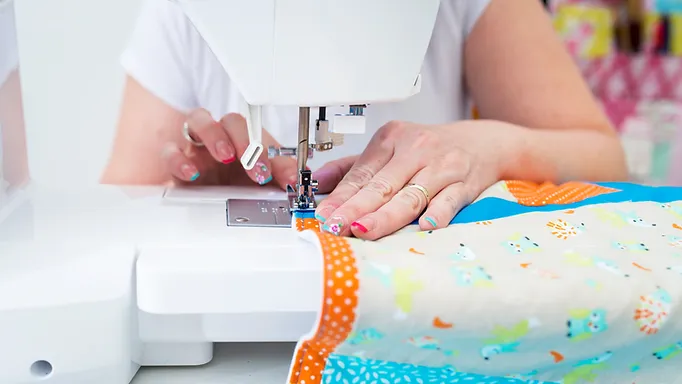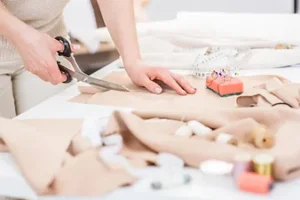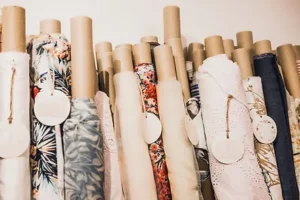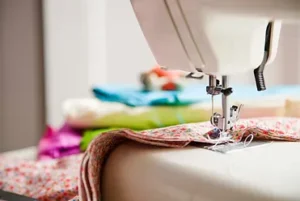Embarking on a sewing journey as a beginner can be both exciting and slightly overwhelming. However, with the right guidance and a little patience, you’ll soon be stitching up your own creations with confidence. Here are some valuable tips for beginner sewers:
- Start with Simple Projects: Begin with straightforward projects like tote bags, pillowcases, or simple skirts. These projects will help you practice basic sewing skills and build your confidence. Check out the tutorials on this website.
- Learn the Basics:
- Understand sewing machine components: Familiarize yourself with the main parts of your sewing machine, such as the presser foot, needle, bobbin, and tension dial.
- Threading the machine: Learn how to correctly thread your sewing machine, as improper threading can lead to stitching issues.
- Use the Right Needle and Thread:
- Choose the appropriate needle for your fabric. Universal needles work well for many fabrics, but specialty needles are available for specific materials.
- Match your thread to your fabric. Cotton thread is suitable for most projects, but consider using polyester or nylon thread for stretchy or heavy fabrics.
- Practice Stitching:
- Practice straight stitches on scrap fabric to get a feel for the machine’s speed and control.
- Experiment with different stitch lengths and widths to understand their effects on fabric.
- Master Hand Sewing:
- While machine sewing is essential, learning basic hand sewing techniques like basting, whipstitch, and slipstitch will be valuable for finishing touches and repairs.
- Learn to Read Patterns:
- Start with simple commercial sewing patterns. Read and follow the instructions carefully.
- Pay attention to pattern markings, grainlines, and seam allowances.
- Fabric Selection:
- Begin with easy-to-handle fabrics like cotton or linen. These materials are stable and forgiving.
- Avoid slippery or stretchy fabrics initially, as they can be more challenging to work with.
- Press Your Seams:
- Invest in a good-quality iron and ironing board. Pressing your seams as you go helps create professional-looking finished products.
- Stay Organized:
- Keep your sewing area tidy and organized. A clutter-free workspace can help you focus on your projects.
- Use labeled containers or storage bins for notions like buttons, zippers, and threads.
- Take Your Time:
- Sewing is a skill that improves with practice. Don’t rush through your projects; take your time to ensure accuracy.
- Be patient with yourself. Mistakes are part of the learning process, and every sewer, even experienced ones, makes them.
- Seek Guidance:
- Join sewing forums, online communities, or local sewing groups to connect with fellow sewers and ask for advice. You can find a sewing group near you here.
- Watch sewing tutorials on platforms like YouTube to learn new techniques and tips from experienced sewers.
- Invest in Quality Tools:
- A few essential tools like good-quality scissors, seam rippers, and measuring tape will make your sewing experience more enjoyable and efficient.
- Practice, Practice, Practice:
- The more you sew, the better you’ll become. Don’t be discouraged by early mistakes; view them as opportunities to learn and improve.
Remember that sewing is a skill that develops over time. With patience and practice, you’ll gain confidence and become proficient in creating your own beautiful garments and projects. Enjoy the journey and have fun exploring your creativity through sewing!




